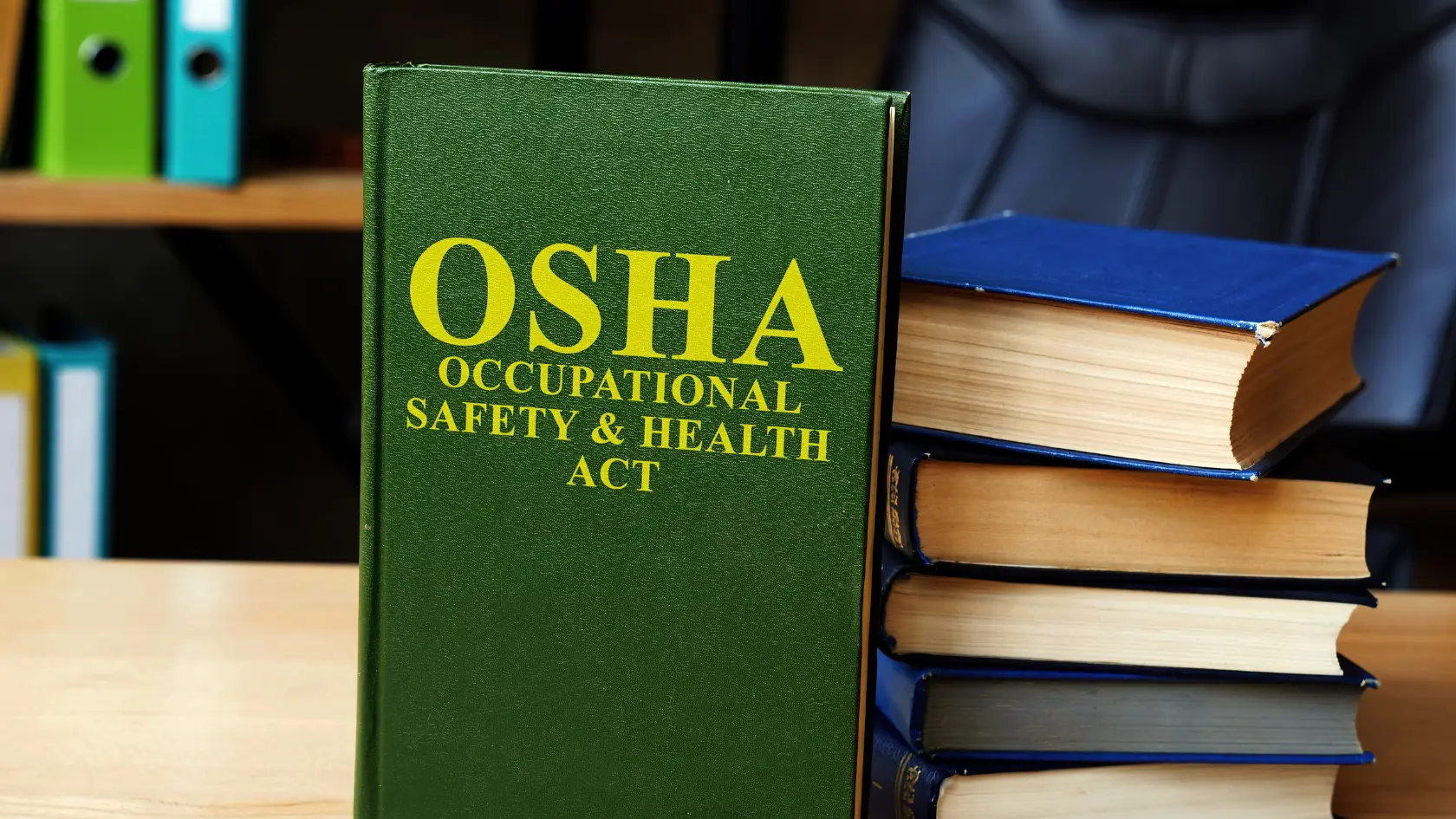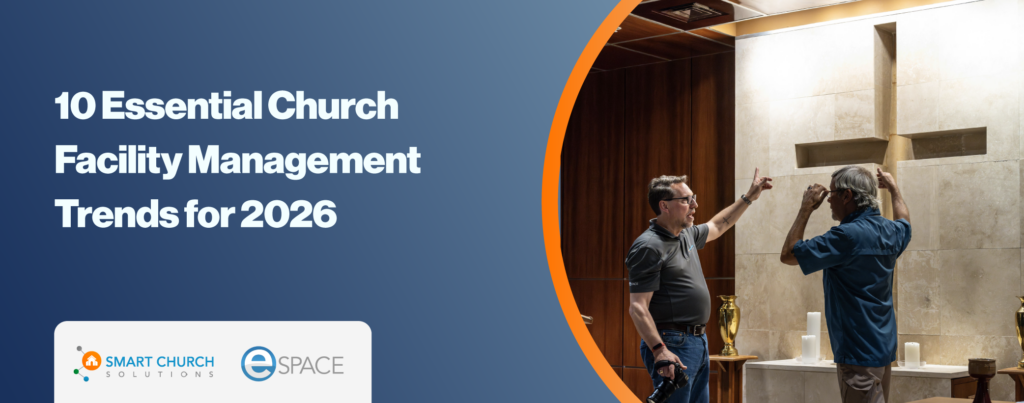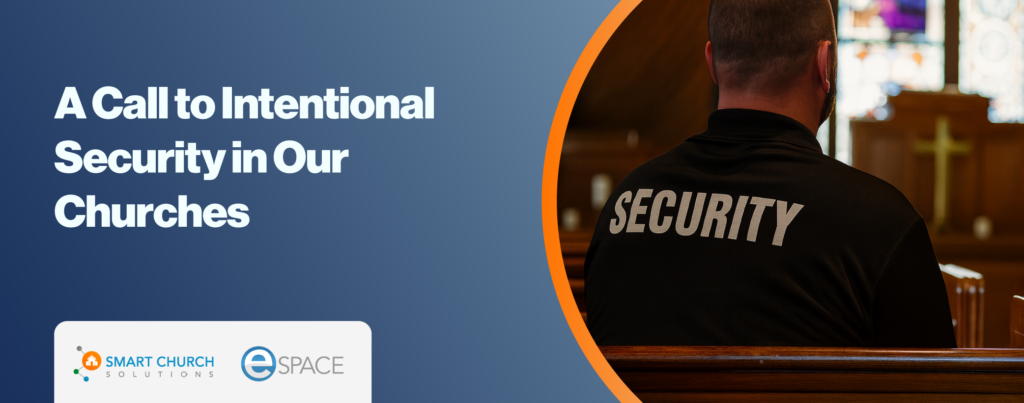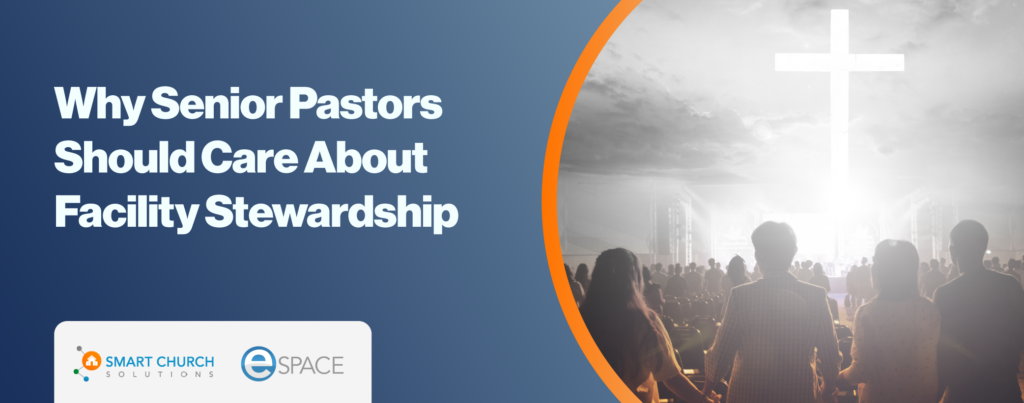We all know churches are places of worship and community gathering. But did you know they are also subject to the same Occupational Safety and Health Administration (OSHA) standards as any other workplace?
Church leadership should know the potential violations to maintain a safe environment for employees, volunteers, and members.
The most common OSHA violations that churches should be aware of
1. Electrical Hazards
Electrical hazards are one of the most common OSHA violations in churches. Improperly grounded outlets, exposed wiring, overloaded circuits — all of these fall under this category. Therefore, ensuring that all electrical equipment is properly maintained and inspected regularly is extremely important in keeping those in a church facility safe.
2. Hazardous Materials
Churches may store hazardous materials like cleaning chemicals, pesticides, and gasoline somewhere in the facility. OSHA requires that these materials be stored in properly labeled containers, with safety data sheets readily available. Additionally, leaders must oversee employee training so these types of materials are handled and stored properly.
3. Slips, Trips, and Falls
Slips, trips, and falls are not just common in hospitality work environments. Accidents are a leading cause of workplace injuries, even in church facilities. Loose flooring, inadequate lighting, and unsecured cables should all be addressed to prevent falling and other accidents. We recommend regularly inspecting your facility to promptly address any potential hazards.
4. Ladder Safety
Churches may use ladders for tasks such as changing light bulbs or reaching high places. OSHA has specific guidelines for the safe use of ladders, including proper placement, weight capacity, and stability. It is important to train employees and volunteers, such as AV technicians, janitorial staff, facility managers, and others who may use ladders.
5. Emergency Preparedness
What if someone gets ill during a church service or you have a medical emergency? Or if there is a fire in your building? Maybe a tornado is approaching? The truth: accidents do happen.
Therefore, churches should have an emergency preparedness plan that includes evacuation procedures, fire safety, and severe weather. Leadership must train employees and volunteers on these procedures, and regular drills should be conducted.
If you do not have a plan in place, don’t worry. In the last year, we created a guide that will help you develop a plan that is unique to your church.
In Conclusion: Address OSHA Violations
Maintaining a safe environment for employees, volunteers, and congregants is essential for any workplace, including churches. Understanding and addressing common OSHA violations can help prevent injuries and protect you from potential legal and financial consequences. By proactively addressing safety hazards, churches can continue to serve their communities while ensuring a safe and secure environment.








